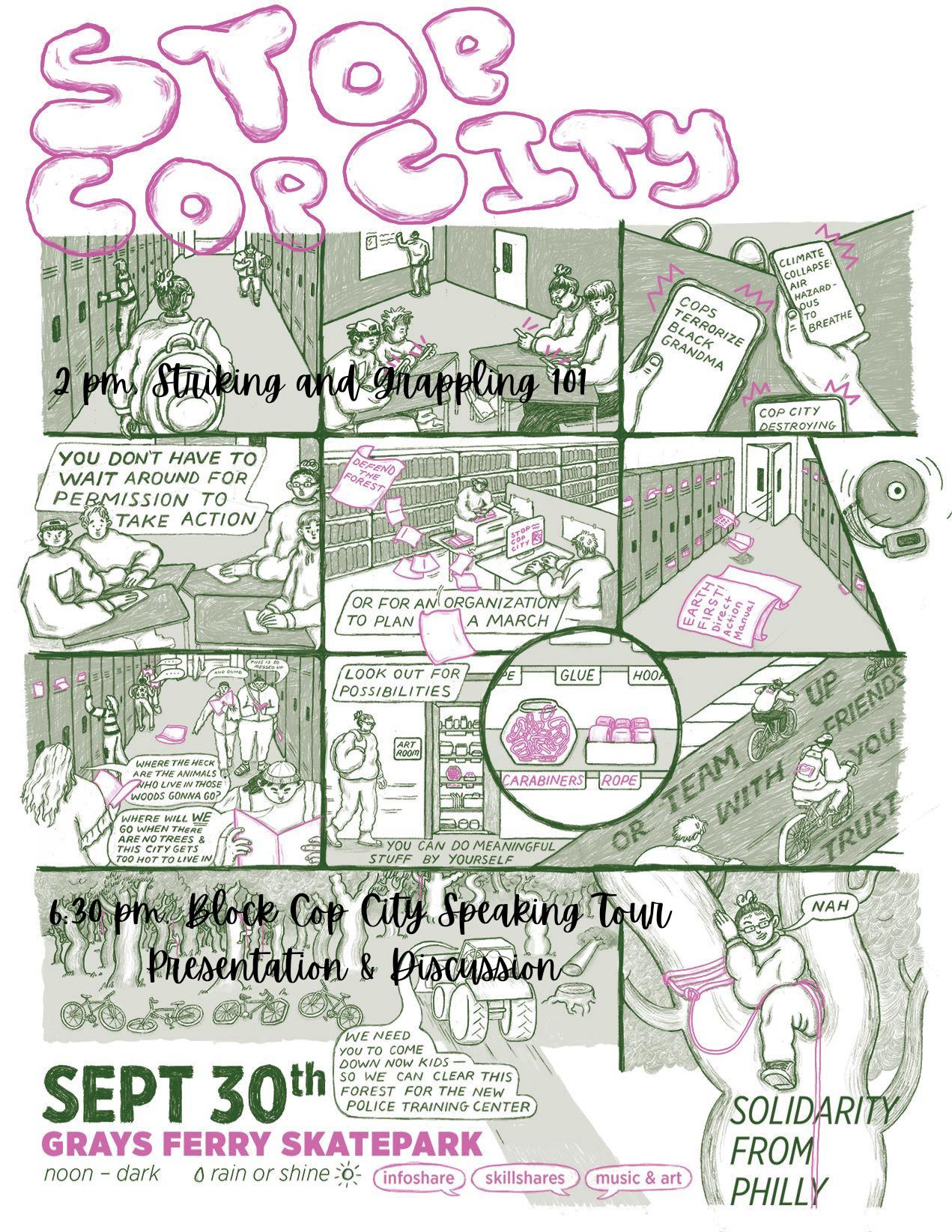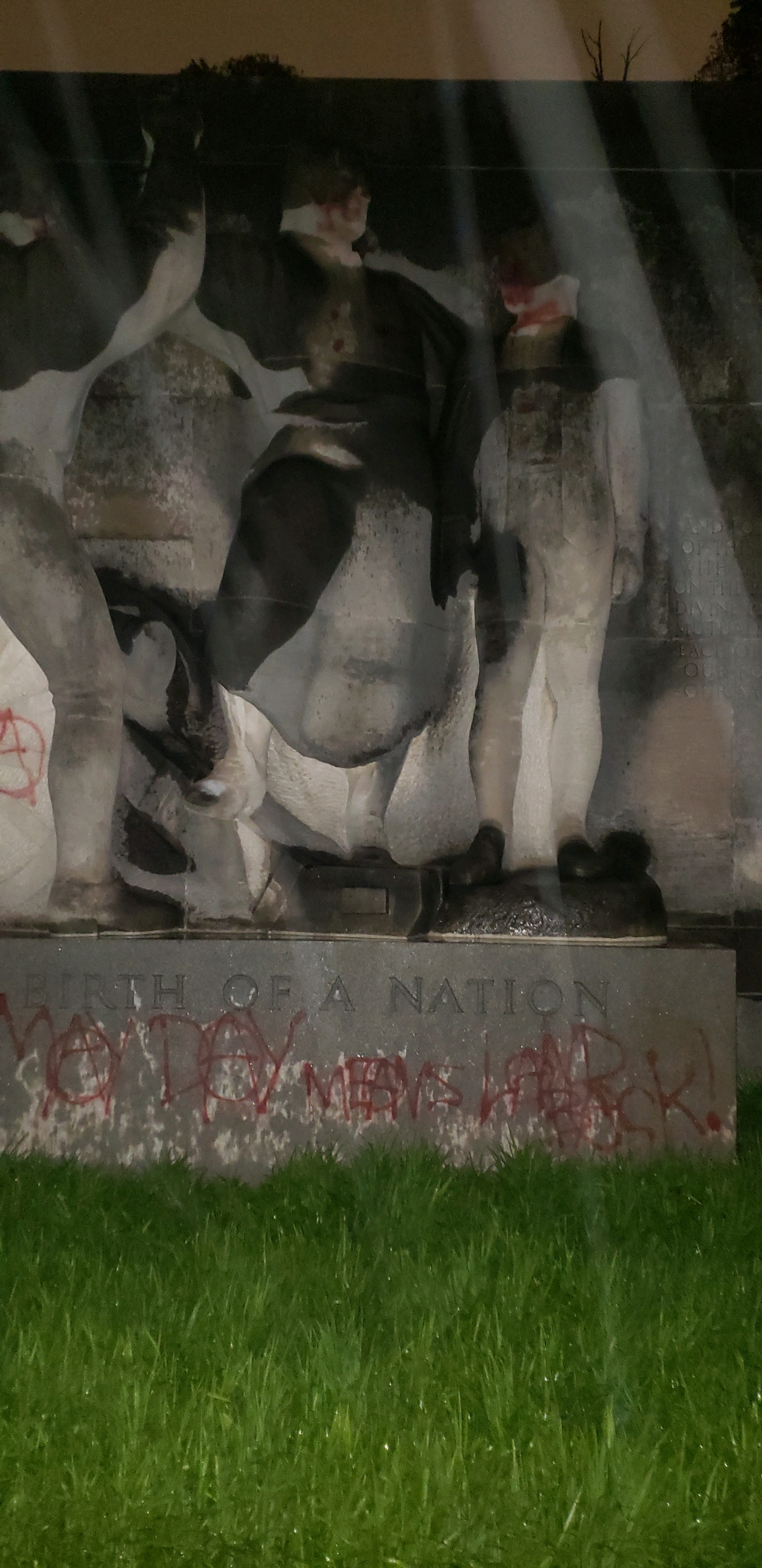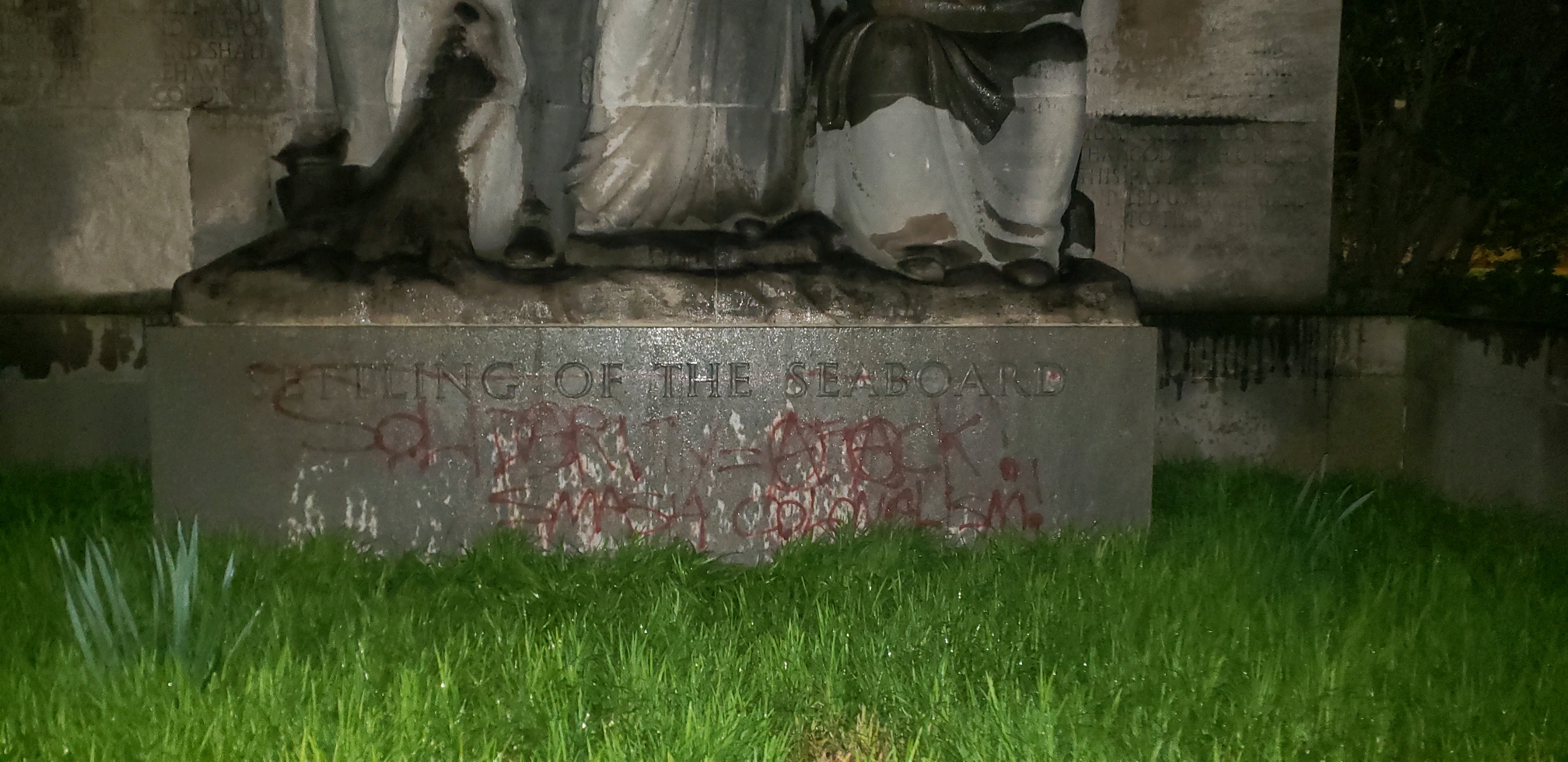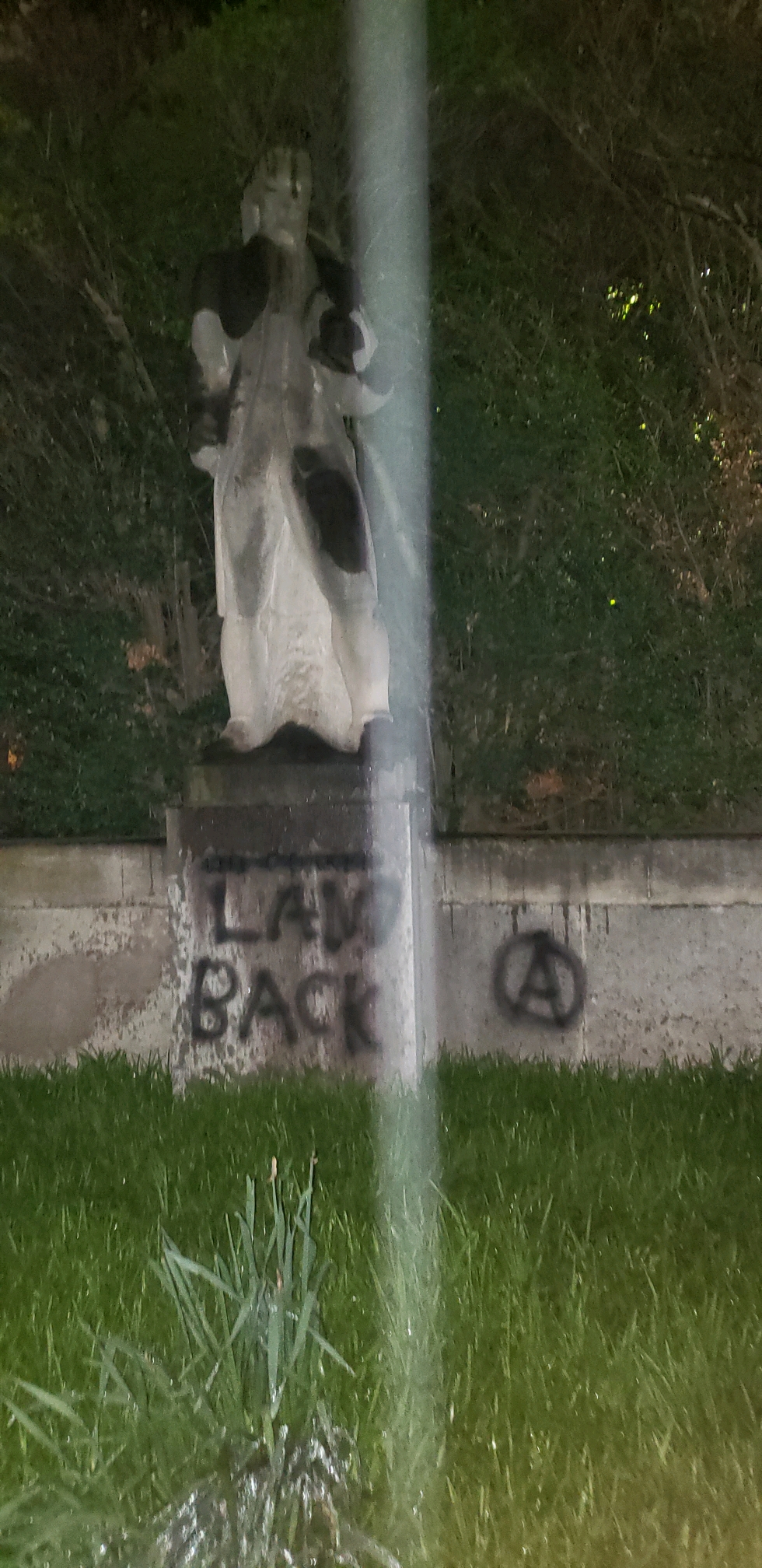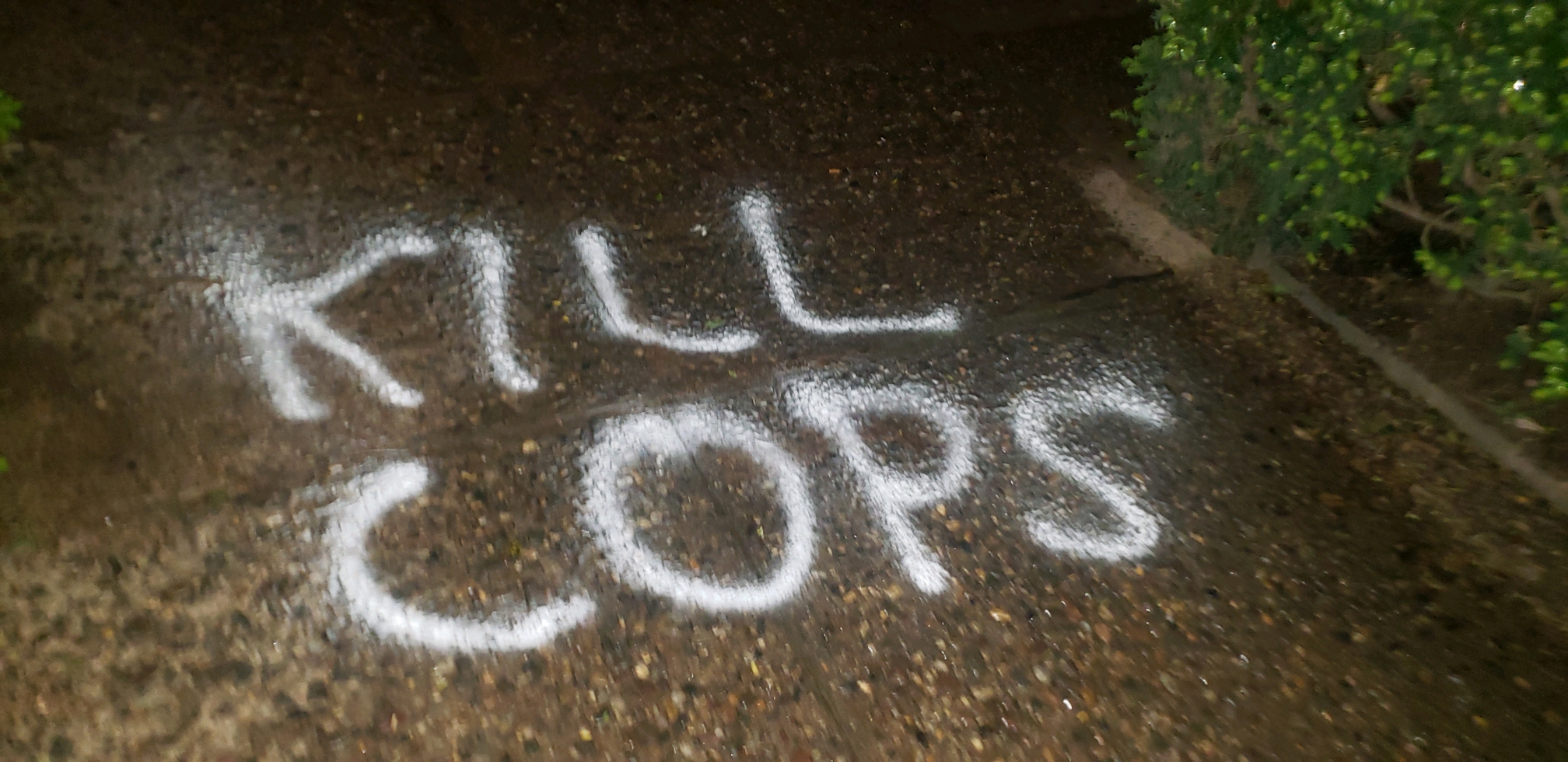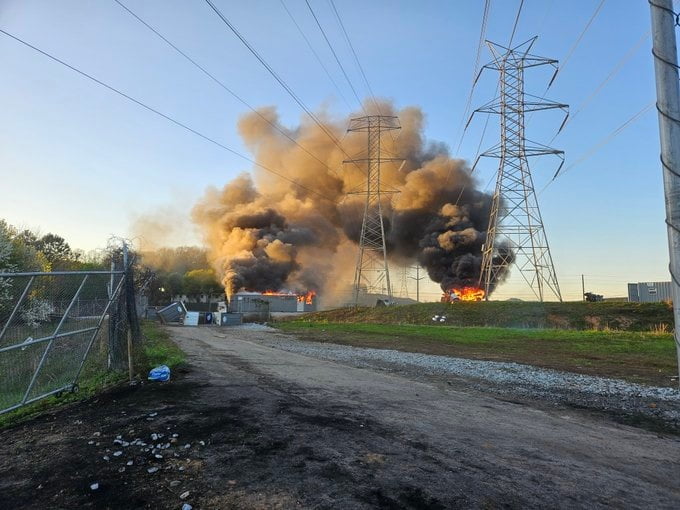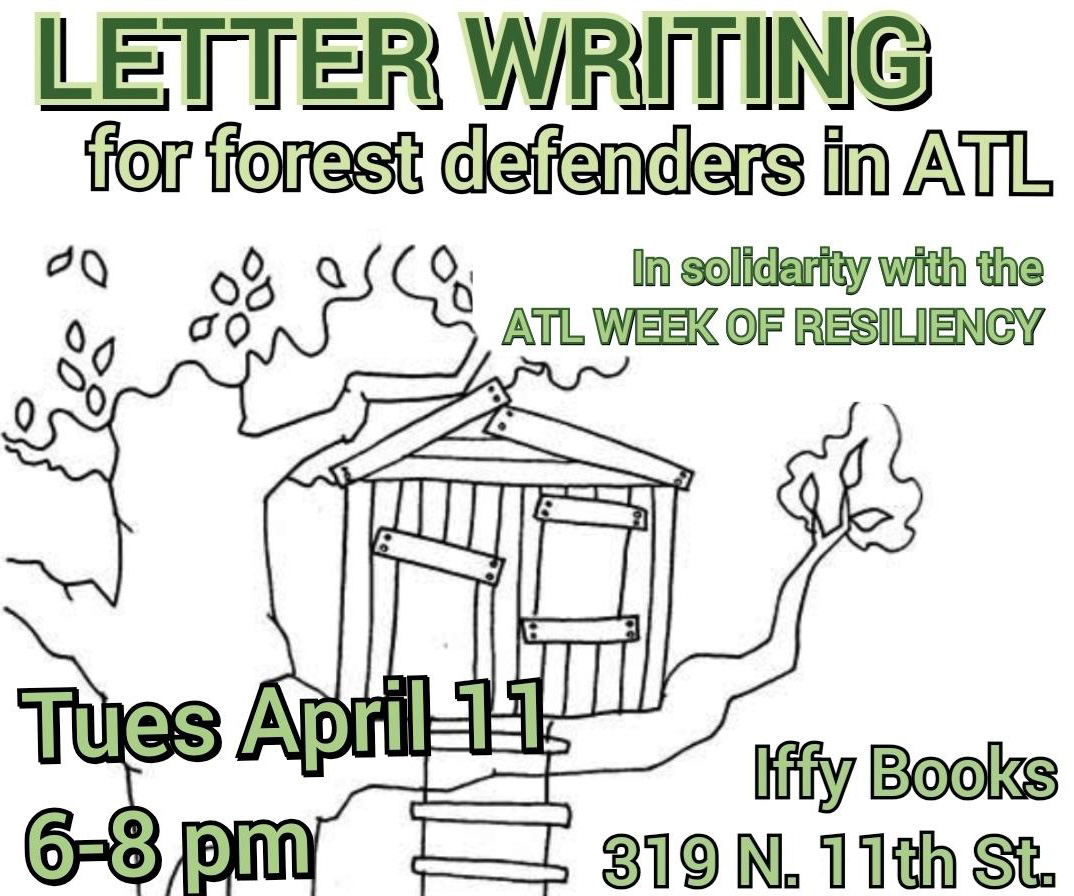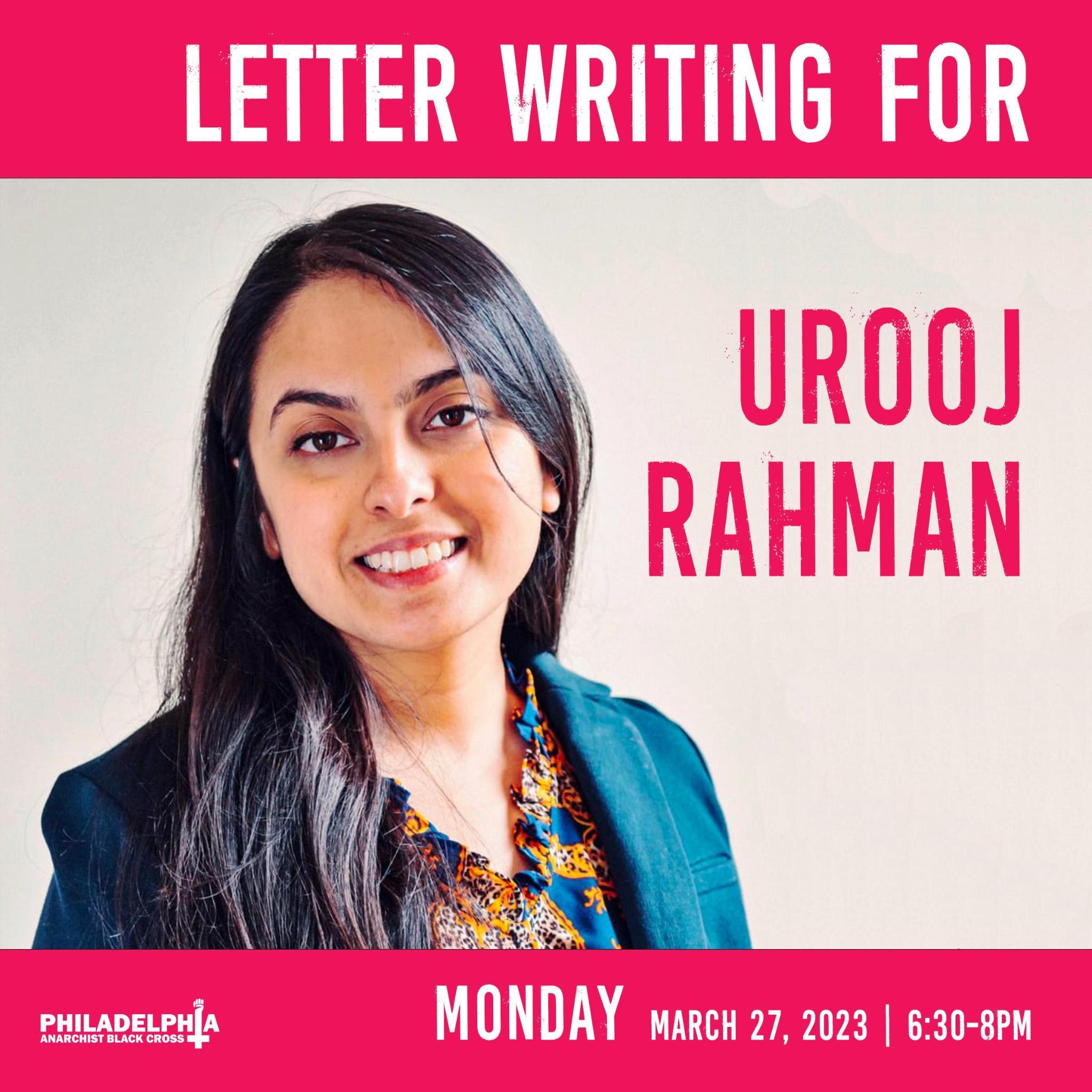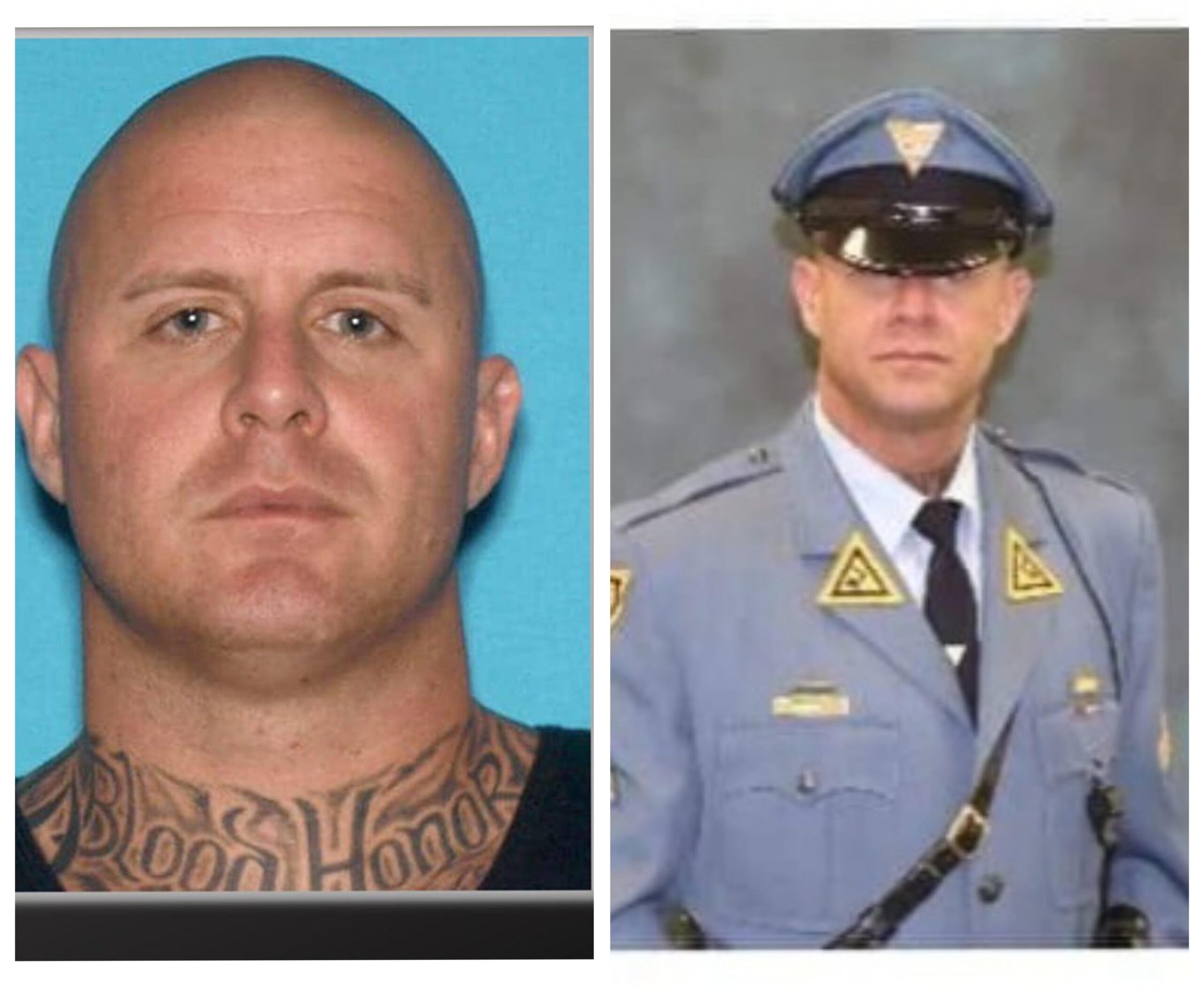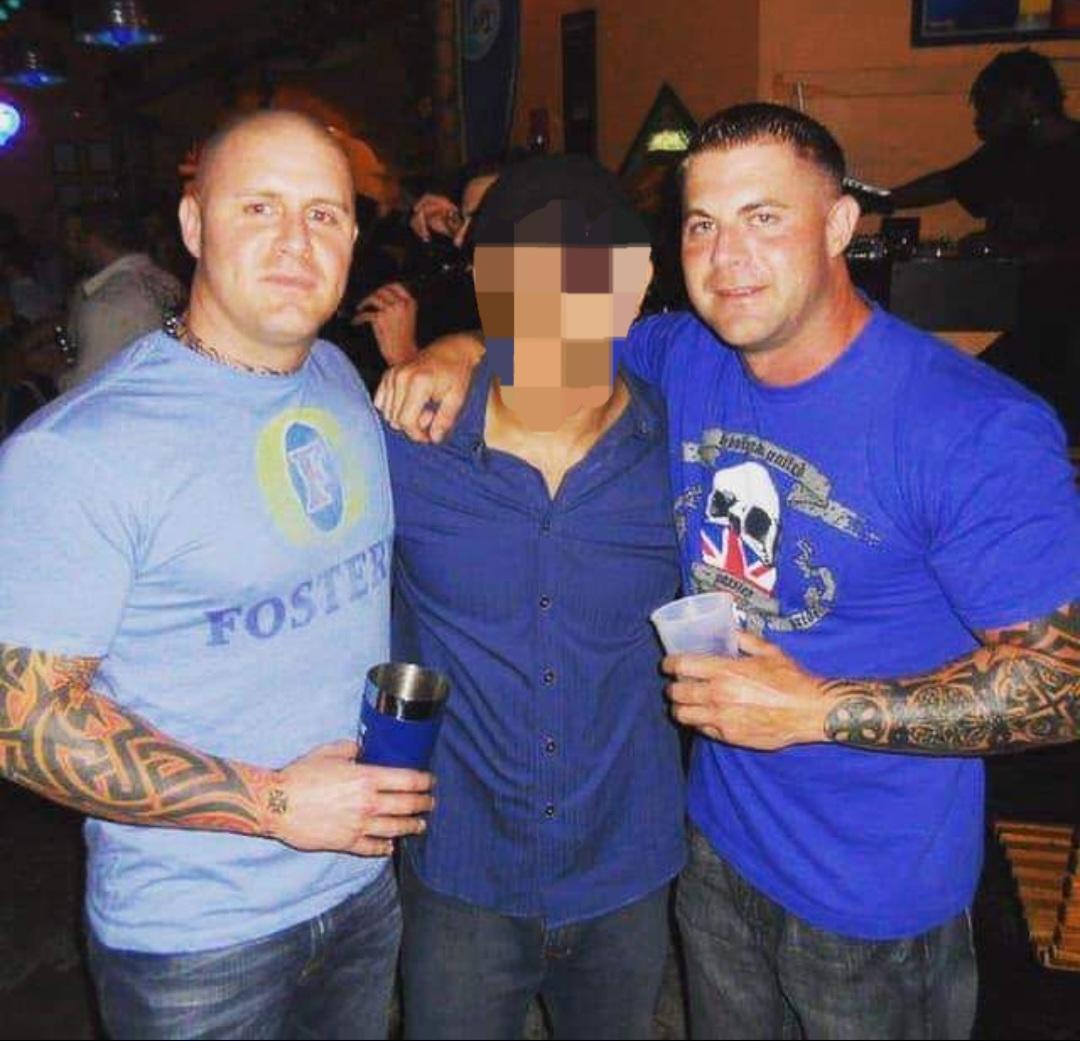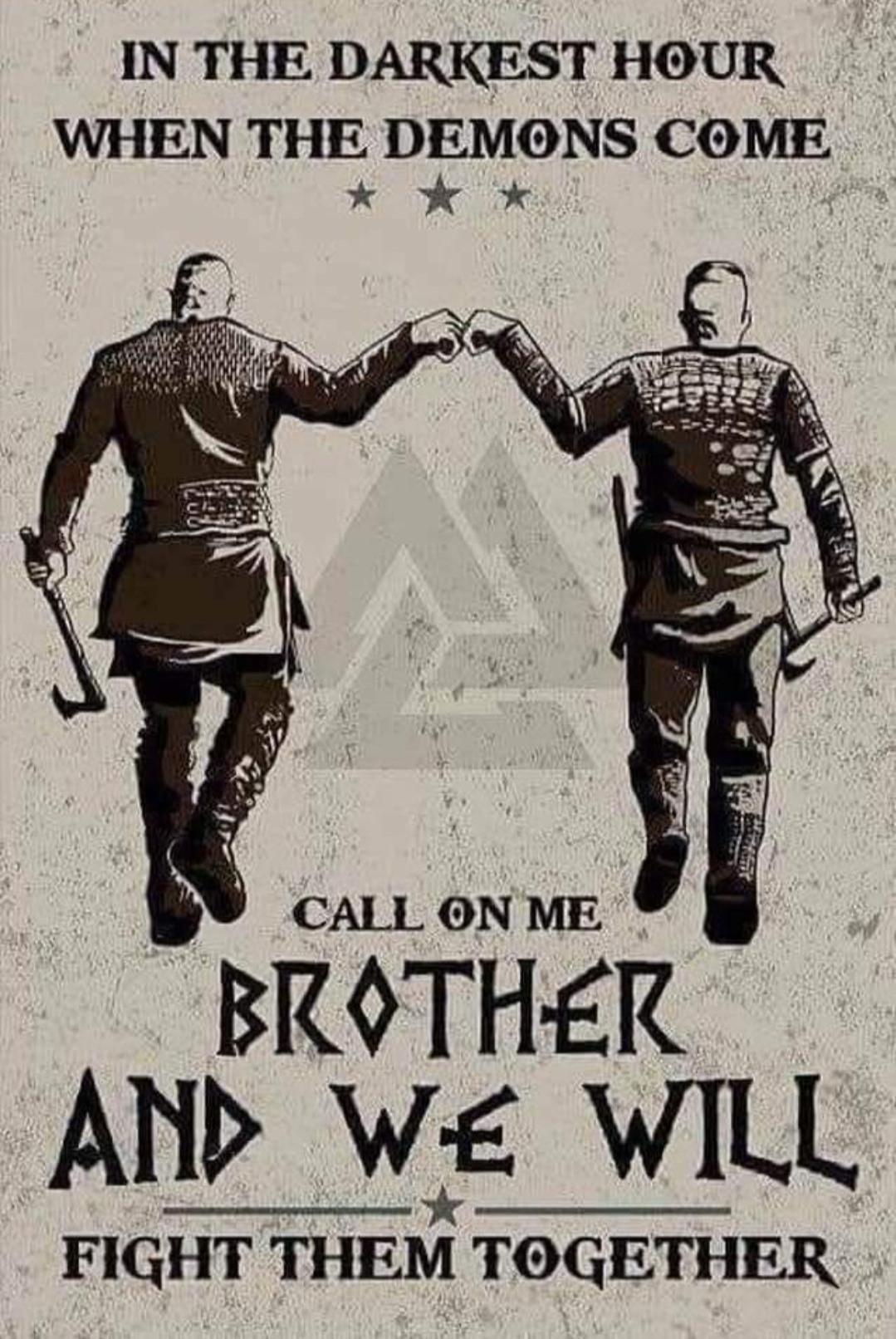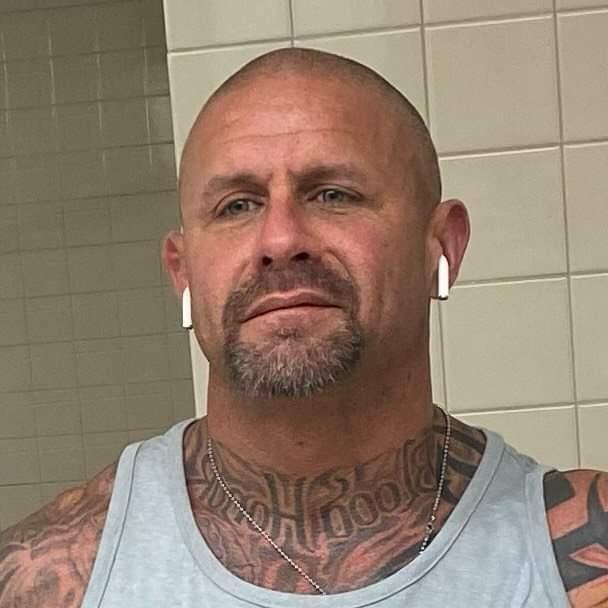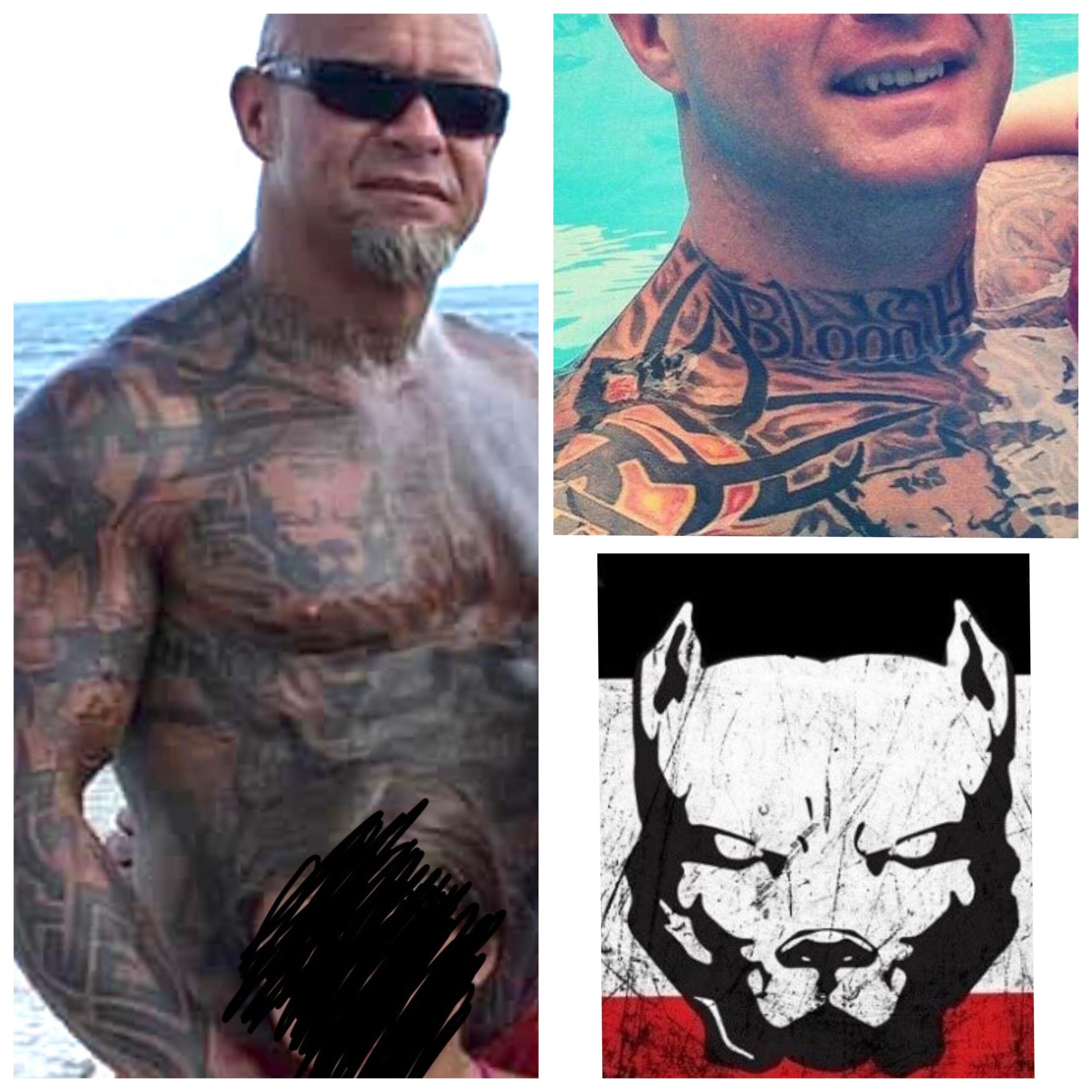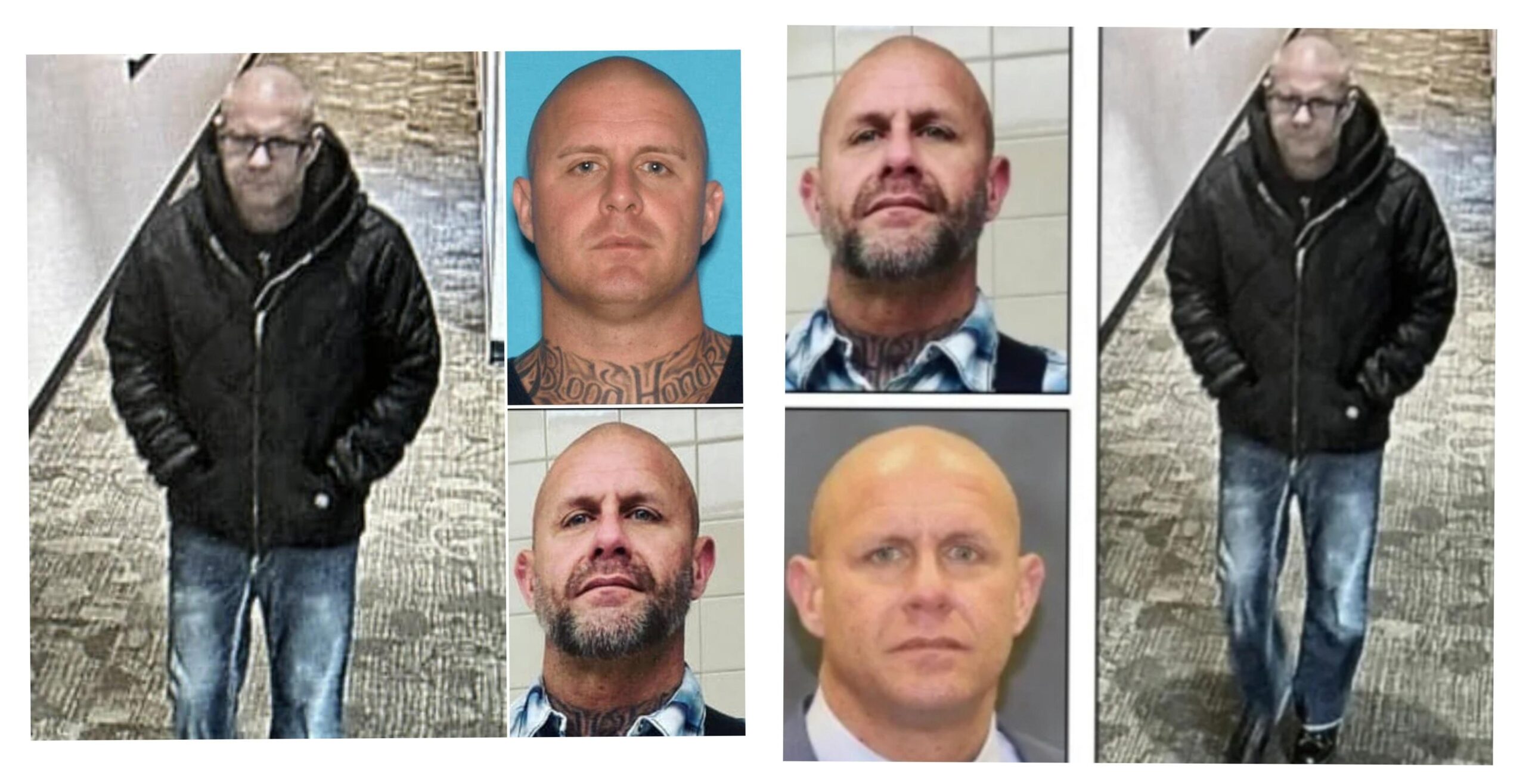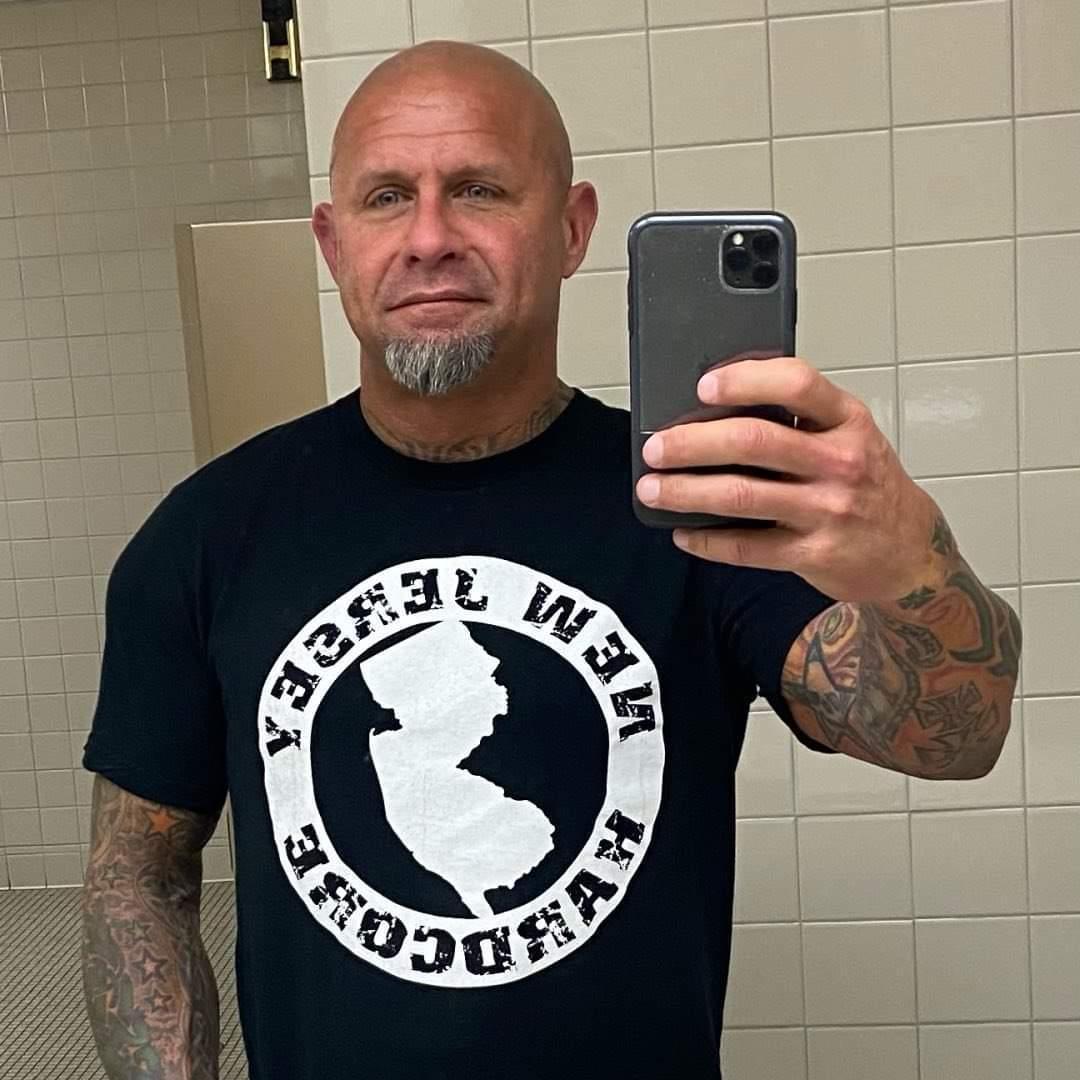Large groups of young people broke into numerous stores across Philadelphia Tuesday night, stealing merchandise and vandalizing property, Acting Police Commissioner John Stanford said.
By midnight, police had arrested more than 20 people, a few of them juveniles, Stanford said, and at least two guns were recovered. The unrest stretched across the city, including Center City, the Northeast, and West Philadelphia, with business corridors along Aramingo Avenue and Walnut Street targeted through the night.
On Wednesday morning, a spokesperson for the District Attorney’s Office said at least 30 people, including three juveniles, were being charged so far, most with burglary and theft. One person has been charged with illegal gun possession, she said. Fine Wine & Good Spirits said all of its stores would close until further notice after 18 locations were burglarized overnight.
Initial reports of break-ins near Rittenhouse Square began just after 8 p.m., shortly after protesters had dispersed from a peaceful gathering at City Hall, where marchers called for justice for Eddie Irizarry, who was shot and killed by a Philadelphia Police officer last month. Earlier Tuesday, a judge dismissed all charges against the officer who killed him, setting off a wave of outrage in the community.
Stanford was quick to make clear that Irizarry’s supporters had nothing to do with Tuesday night’s unrest. He called the young people who looted “criminal opportunists” who were not affiliated with the earlier gathering.
“This had nothing to do with the protests,” Stanford said. “What we had tonight was a bunch of criminal opportunists take advantage of a situation and try to destroy our city.”
“It’s disgusting,” he said. “Our city can’t afford this nonsense.”
Irizarry’s family echoed calls for peace Wednesday morning. Irizarry’s aunt, Zoraida Garcia, said vandalism and looting “is not going to bring justice to my family or bring my nephew back.” Her family, she said, “does not condone this type of behavior.”
Garcia asked those who were angry with Judge Wendy Pew’s decision to dismiss the charges against the officer who shot and killed her nephew to “come to the court instead of tearing down our city.” Bring posters and stand in front of the courthouse, she said, “and let’s do this the right way. Fight together for justice.”
The young people involved, Stanford said, appeared to have organized their efforts on social media, and once one group started, others followed suit. He said police believe there was a caravan of cars moving between locations across the city and breaking into stores and pharmacies. Some of the people involved in that group were arrested, he said.
No injuries were reported, Stanford said.
Much of the night was chronicled on social media.
Around 8:15 p.m., videos showed groups of young people gather around the Apple Store near 16th and Walnut Streets and pry the front doors from the security guards’ hands. Shortly after, as the group ran down Walnut Street, the devices were locked and disabled by security technology and a loud alarm started sounding. Some people smashed the devices on the ground and police recovered a “pile of iPads” abandoned nearby.
The groups also broke into Foot Locker and Lululemon, and videos showed numerous teens fleeing the store with clothing. Officers attempted to apprehend some of them, and tackled a few to the ground.
Police had cleared and secured the Rittenhouse area by 9:10 p.m., and locked down a four-block stretch.
Police later reported stores being vandalized along Aramingo Avenue in Port Richmond and other locations in North Philadelphia.
One woman livestreamed dozens of people breaking into a Fine Wine & Good Spirits store. Her video stream ended when, as she drove away, police appeared to pull her car over.
Just before midnight Tuesday, Stanford said the unrest had been contained “for the most part.”
Officers, he said, were still responding to some emergency calls, and have been instructed to arrest all those involved at the scenes.
“We will continue to make arrests until we have all the individuals … that have been responsible for what we see tonight in custody.”
Tumar Alexander, the city’s managing director, called the unrest “disrespectful to the Irizarry family,” who have repeatedly called for peace amid their cries for justice.
The business corridors affected Tuesday night were similar to those targeted in the summer of 2020, after tensions between police and communities rose after the police murder of George Floyd in Minneapolis. Philadelphia was one of dozens of cities across the country to experience mass unrest; some stores through Center City were burned down, and parts of West and North Philadelphia were heavily looted and vandalized.
Community outrage rose anew just a few months later, in October 2020, when Philadelphia police shot and killed Walter Wallace Jr., who was wielding a knife while experiencing what his family said was a mental health crisis. Protests again broke out across West Philadelphia, and some businesses were vandalized.

/cloudfront-us-east-1.images.arcpublishing.com/pmn/7DOPKSEKHJDN5P3LIFZQL5KVKM.jpg)
/cloudfront-us-east-1.images.arcpublishing.com/pmn/LHK76PFZ3ZFIZNVH6JIWIHSW6A.jpg)
/cloudfront-us-east-1.images.arcpublishing.com/pmn/ZWULAZBSONB75EEUEQTPAB6LUA.jpg)
